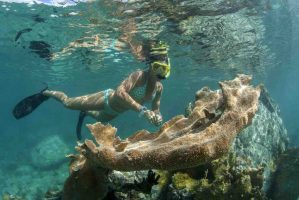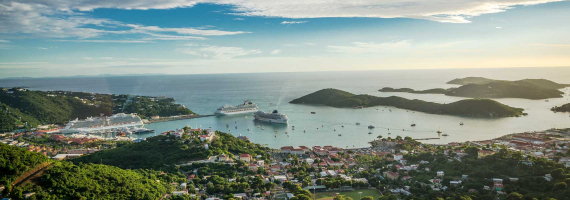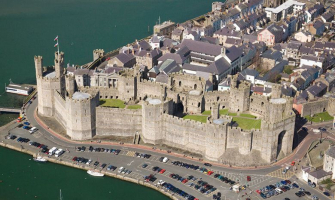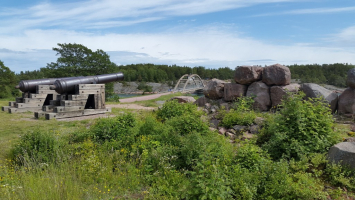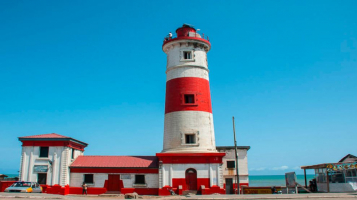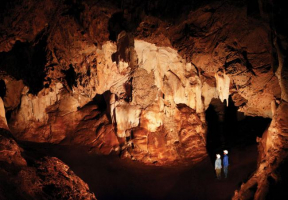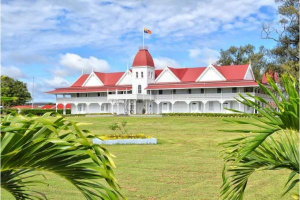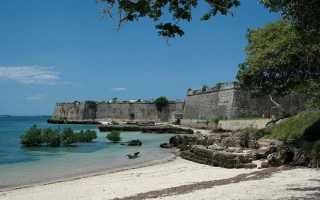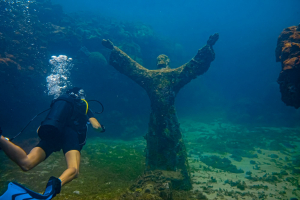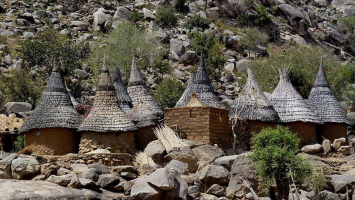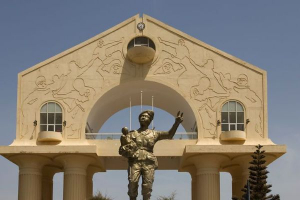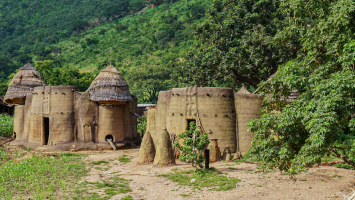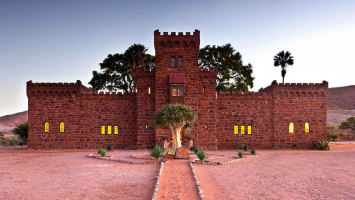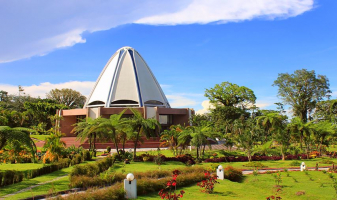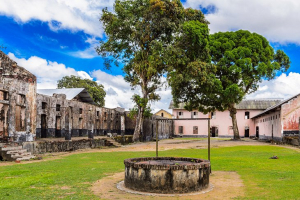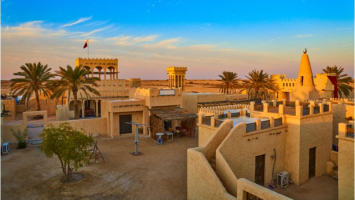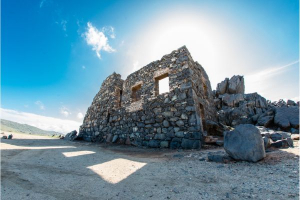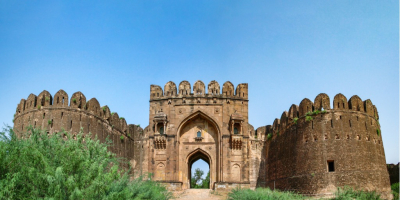Top 5 Most Famous Historical Sites in United States Virgin Islands (USA)
The US Virgin Islands are one of the most popular tourist destinations in the Caribbean. This American territory, located between the North Atlantic Ocean and ... read more...the Caribbean Sea, consists of around 50 islands and cays, the largest of which are St. Thomas, St. Croix, and St. John. Let's use Toplist to find the most famous historical sites in the U.S. Virgin Islands.
-
A massive fort exists at Charlotte Amalie, the Virgin Islands' capital, and if its walls could talk, what a tale it would tell. After the arrival of the first Danish colonists in 1672, this fort was built. The island's oldest structure, it has held a jail, a courtroom, a town hall, a church, and, most recently, a historical museum. For a spectacular view, go to the roof. Fort Christian is the Virgin Islands' oldest structure and one of most famous historical sites in the US Virgin Islands, having stood as a guard over the Charlotte Amalie Harbor for nearly 300 years.
Fort Christian may have stories to tell about the Danish militia stationed at the fort, settlers being forced to attend religious assemblies at the fort, and governors living within the fort's walls! Pirates who sailed into the harbor, rivalry at the many tiny bars that once littered the region near the fort, and rich trading days might all be part of the story. Fort Christian is a symbol of the Virgin Islands' illustrious past.
Visit Fort Christian, one of five historical structures on the islands that show urban colonial growth. The stronghold's yellow walls and green window frames look dramatic and magnificent against the island backdrop, having been built in 1749 and partially repaired after hurricane damage later in the century. The fort protected the colonists against pirates, hurricanes, and slave revolts, and it is a fine example of Danish colonial military construction. It operated as a prison and courthouse after 1878; today, you can tour its rooms, courtyard, and dungeons and visit its intriguing, educational museum.
Website: https://www.nps.gov/chri/index.htm
Location: Charlotte Amalie, United States Virgin Islands
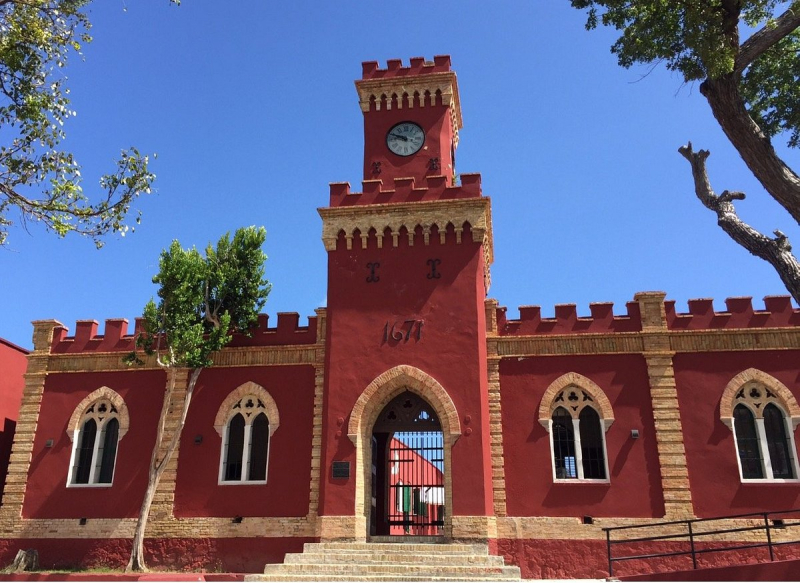
Photo: Tripadvisor 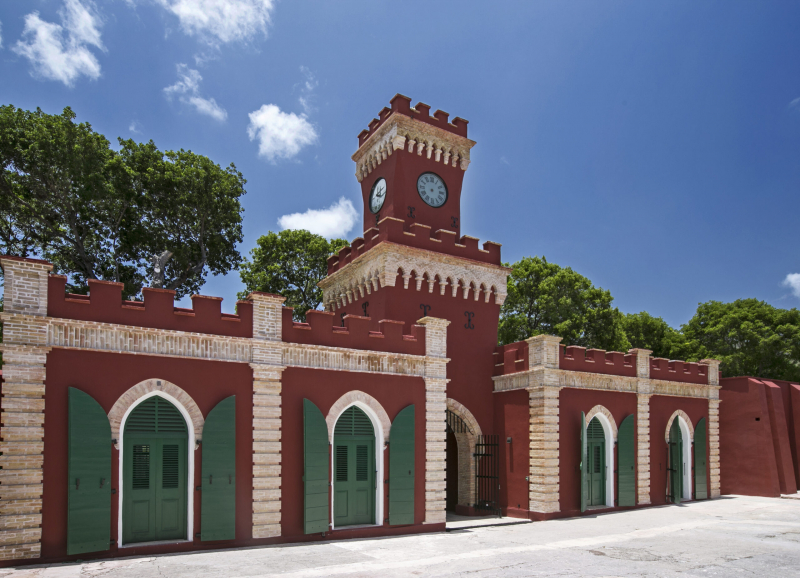
Photo: Custom Builders VI -
Take a tour of Annaberg Sugar Plantation's historical ruins. The plantation, which was founded by Governor General Frederick Moth in the 18th century, was one of the island's greatest suppliers of sugar, molasses, and rum. View the massive windmill, learn about the plantation's history, and take in the panoramic views of the sea and the Virgin Islands. View the slave quarters, rum factory ruins, and dungeons on a short walk around the ruins.
Annaberg Plantation was one of 25 sugar-producing enterprises on St. John in 1780. Molasses and rum were two more items made in Annaberg. Annaberg translates to Anna's Hill and was named after William Gottschalk's daughter. The plantation's owner was Gottschalk. The Annaberg Sugar Plantation provide visitors a sense of the 18th century's machinery and labor. The Annaberg Sugar Plantation holds the title of being the Virgin Islands' largest and tallest windmill. Agriculture could never have been a good fit for St. John. Its hills are too steep, the soil is too thin and rocky, and the island is too small for huge corporations to operate.
The Virgin Islands National Park now protects the plantation ruins, which are open to the public. The hillsides around Annaberg have been reclaimed by trees. A path winds its way past manufacturing ruins, slave quarters, windmills, and other relics. Along the pathways, plaques and markers explain how sugar is made and explore plantation life and the history of sugar plantations on St. John, particularly in Annaberg.
Website: https://www.nps.gov/nr/travel/prvi/pr42.htm
Location: 9779+7XG, St John 00830, United States Virgin Islands
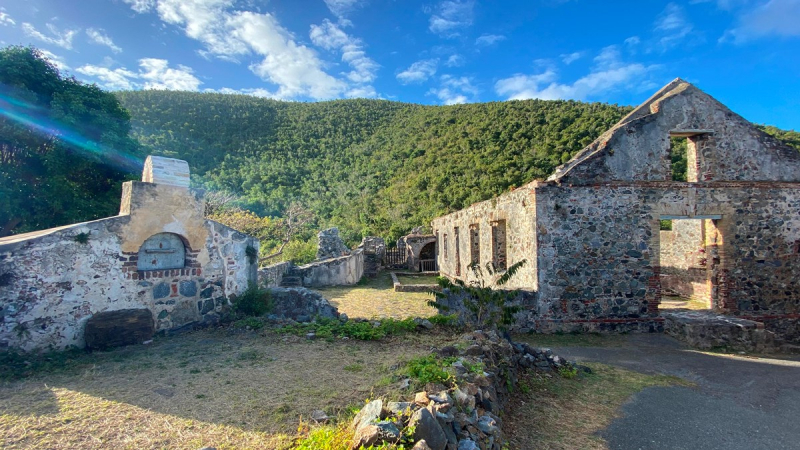
Photo: National Park Service Video: America's Parks -
On St. Croix, Fort Christiansvaern was erected around 1749 and partially restored in 1771 after storm damage. The fort is currently a national historic site that houses the park's visitor center and is the best preserved of the five remaining Danish-built forts in the Virgin Islands. The fort is an excellent example of Danish military architecture from the colonial period and considered as one of the most famous historical sites in the US Virgin Islands.
The fort was constructed to defend the colony against pirates, hurricanes, and slave revolts. The fort is designed in the shape of a star around a tiny courtyard, with corner bastions and underground dungeons. The fort's cannons and guns have never been fired in an armed combat, despite the fact that Danish soldiers were stationed here until 1878. After 1878, the fort was used as an island courthouse and prison, as well as a place of worship.
Fort Christiansvaern is a well-preserved fort on the coastline overlooking St. Croix's northern border. The building, which was built in the late 1700s and is located on the grounds of the Christiansted National Historic Site, is one of the best-preserved Danish forts in the West Indies. The exterior and circumference of the fort should take no more than 30 minutes to explore, leaving you plenty of time to explore the remainder of the area and learn about its history and structures. You may read all about David Hamilton Jackson, a Black schoolteacher in the Danish West Indies in the early 1900s who battled for workers' and civil rights.
Location: P7WX+Q7G, Hospital St, Christiansted, St Croix 00820, United States Virgin Islands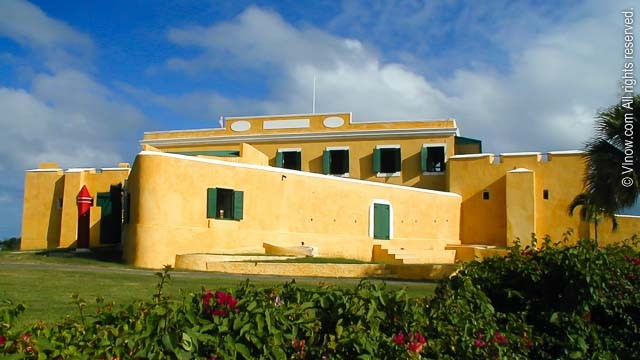
Photo: Vlnow.com Video: NPS-STX USVI -
Fort Frederik, which was constructed in 1760, is reported to be the first to salute the newly founded United States flag. Governor-General Peter von Scholten read a proclamation liberating the island's slaves from here in 1848. Today, the property is home to a modest museum.
The red and white Fort Frederik, a National Historic Landmark, was built in the 1750s to fight off pirates. It's a great place to go if you want to understand about the importance of the United States of America in world history. The fort fired the first salute to the fledgling nation of the United States of America from foreign land in 1776. The salute of Old Glory displayed aboard an American brigantine in Frederiksted harbour was a violation of Denmark's neutrality laws, but the islands had assisted British colonists in America in sealing a friendship between the two countries, therefore the salute was appropriate. On July 3rd, 1848, Danish Governor Peter Von Scholten liberated the slaves from this fort. A museum and an art gallery are located within the fort.
Fort Frederik (also known as Frederiksfort) is most famous for being the site of a historic event. 8,000 enslaved people marched through Frederiksted streets to this fort in 1848 to demand their release. You can discover more about the emancipation rally and the "triangular trade," a transportation route that transported enslaved people between Europe, Africa, and the New World, during your visit to this historical site.
Location: P488+3HW, Frederiksted, St Croix 00840, United States Virgin Islands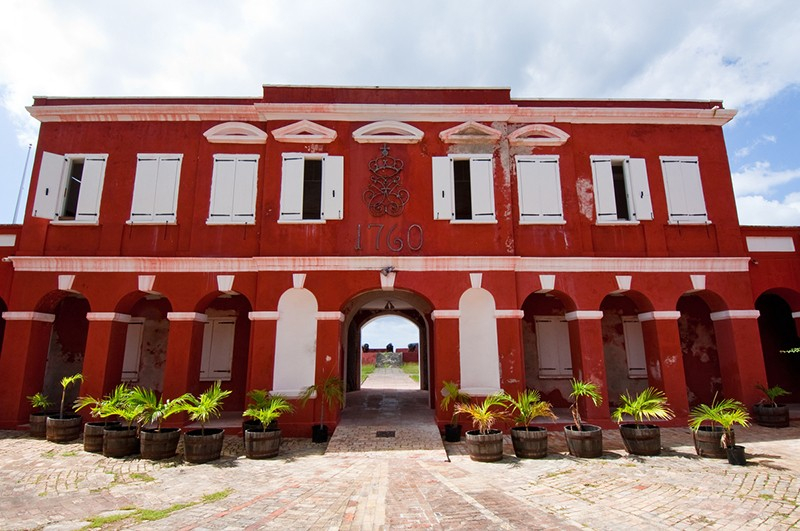
Photo: www.marinareservation.com Video: Goebels Gone Global -
The last most famous historical site in the US Virgin Islands is Blackbeard’s Castle. In the US Virgin Islands, Blackbeard's Castle is one of five National Historic Landmarks. It's in Charlotte Amalie, on the island of St. Thomas, in the city of Charlotte Amalie. Blackbeard's Castle, formerly known as Skytsborg, was built by the Danes in 1679 as a watchtower to protect the harbor and Fort Christian (meaning protection castle). It is situated on Government Hill's highest peak. Danish soldiers used Skytsborg as a particularly efficient vantage point for seeing hostile ships. Fort Christian is located at sea level, making it excellent for fending off assaults with cannon fire; nevertheless, the fort itself did not afford a good view of arriving ships.
At Blackbeard's Castle, a lookout tower on a historical monument, learn about the Caribbean's pirate-filled past. The tower stands at a height of 12 meters (40 feet) and has walls that are 1.8 meters (6 feet) thick, providing excellent visibility and protection against approaching foes. The top of the tower now provides panoramic views of the town and its port, while three dazzling swimming pools can be found underneath. After a long day of looting the high seas, take a dip in the water to unwind. Blackbeard, in the shape of a 4.2 m (14 ft) bronze statue, is also there.
Website: http://www.blackbeardscastle.com
Location: St. Thomas, Torvet State Rd, Charlotte Amalie, St Thomas 00802, United States Virgin Islands
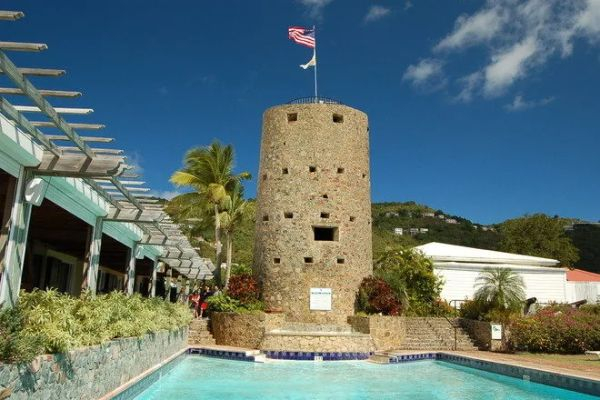
Photo: 10Best 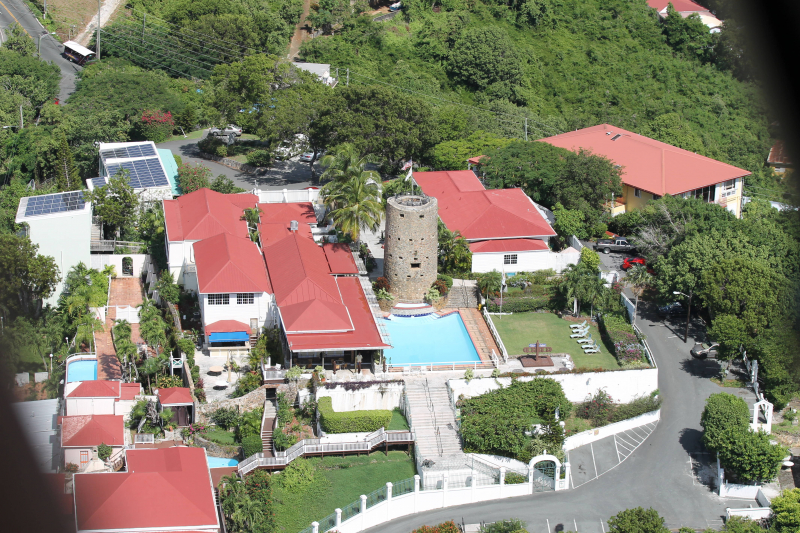
Photo: Active Rain







